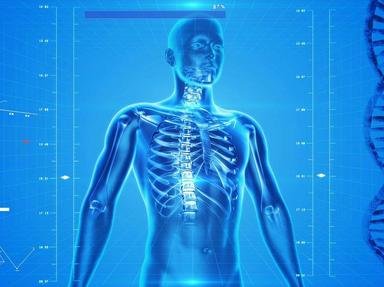Quiz Answer Key and Fun Facts
1. What are the semicircular canals?
2. Which of the following are not true of Kupffer cells?
3. Where is the hardest bone in the body located?
4. What are the Haversian canals?
5. The opposite side of the brain is involved in all but which of the following?
6. Which of the following organs is most important in maintaining the body's ability to produce blood clots?
7. The male nipple has no known function.
8. Which of the following makes a mature red blood cell different from most other body cells?
9. Which organ produces bile?
10. Vitamins are classified as water soluble or fat soluble. Fat soluble vitamins can be stored by the body until they are needed but water soluble vitamins must be utilized immediately or they are passed out in the urine. Which water soluble vitamin is the only exception to this rule and can be stored by the body for years?
Source: Author
jstagamtome
This quiz was reviewed by FunTrivia editor
crisw before going online.
Any errors found in FunTrivia content are routinely corrected through our feedback system.

